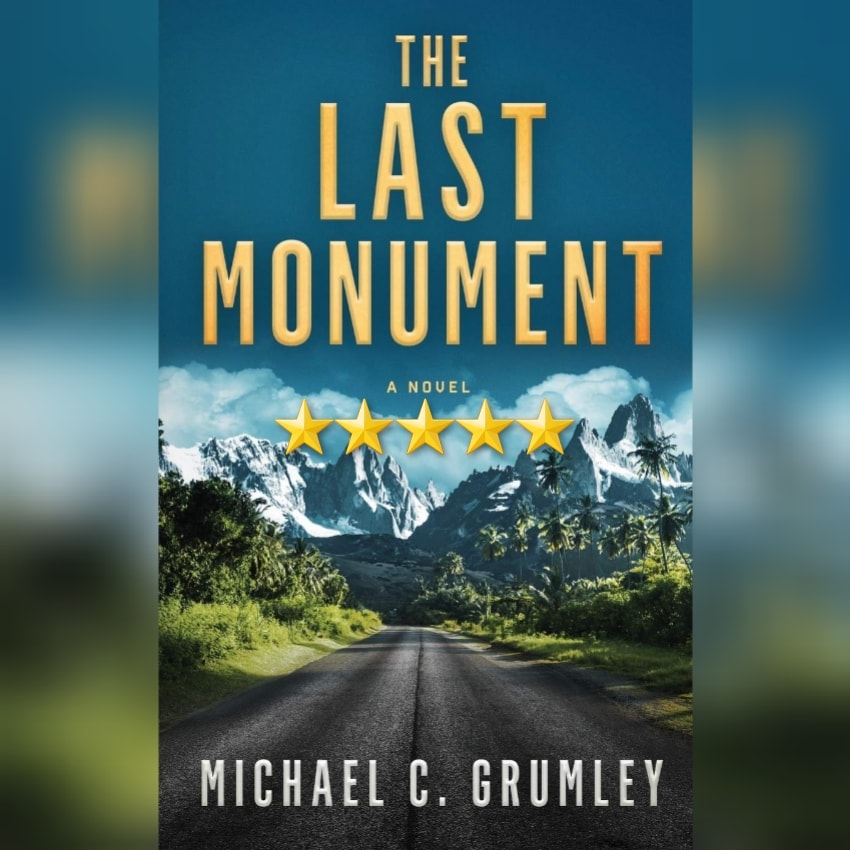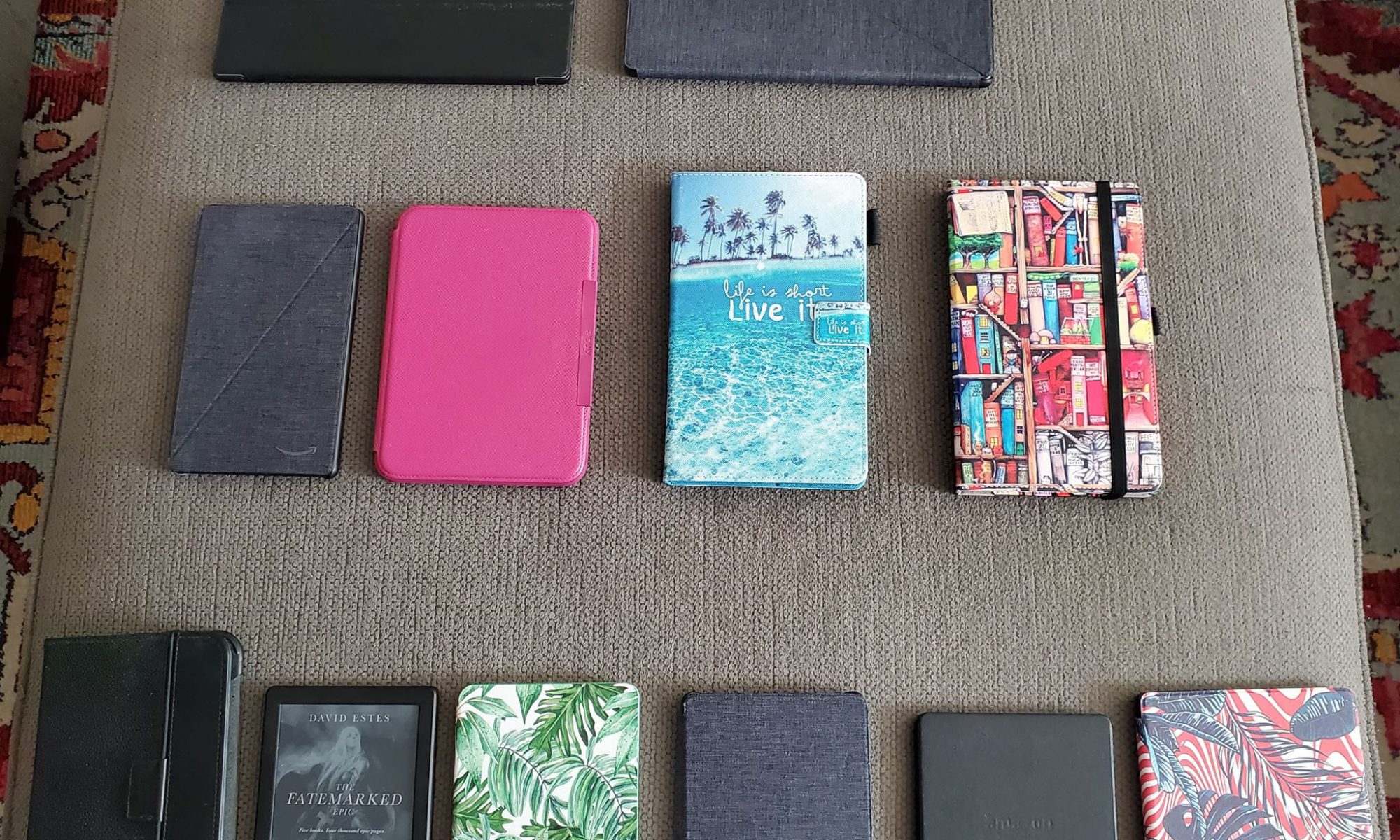I have them all. Seriously, every new model Amazon currently sells. 😃
And ultimately it comes down to personal preference and economics. 🙂
If you don’t mind the same glare/ eye strain you get from your phone and want something that can do… well, pretty much everything your phone can do without a cell connection… you want a Fire. Those come in 7, 8, and 10” sizes, with about a $100 price swing from smallest to biggest. They all pretty well do the same things in the same ways, and are pretty interchangeable.
On the eReader side, you get devices that are basically dedicated readers. They have Audible support via bluetooth, but the text to speech reader is horrible. (If you want a text to speech reader, go with Fire. Fire’s T2S capabilities are pretty damn awesome.) They all now have a front lighting capability that is different from the back lighting of your phone/ Fire and that is generally easier on the eyes.
The Kindle (base) is the cheapest option with the least features and no add on capabilities. You get a device that can hold a few hundred text based books or a few dozen Audible books at once, but you can swap on and off from your Cloud anywhere you can get a wifi connection. If economics are a prime concern, you’re really not going to get a bad device here, the next ones just have a few more bells and whistles. But again: this one is perfectly fine.
The Paperwhite adds splash proofing. (Amazon calls it waterproofing, but DO NOT SUBMERGE these devices. Learned that one the hard way. It also comes with about 4x more memory, and even in the base model Paperwhite (roughly 50% more expensive than the base model Kindle above) you’re going to be able to hold low 4 digit text based books on the device at once, or low triple digit Audible books on the device at once. This one has add on capabilities (up front, you can’t add these on later) to increase the memory to 16x that of the base model Kindle and to add “Free3G” capabilities (4G in most of the US) that allow you to swap from the cloud anywhere you can get a (AT&T) cell signal. Both of these add ons combined will raise the price of the Paperwhite by roughly double its base model, up to right at the price of an Oasis at $250.
The Oasis adds on to the Paperwhite base model a “warm light” feature that allows you to customize the lighting from the white/ blue light of the base model Kindle and Paperwhite to a brown/ orange hue – or anywhere in between. It also adds physical page turn buttons – the only device Amazon makes with this feature. And it adds an “ergonomic back” that basically means that one side of the device (away from the page turn buttons) is so thin it is little more than device casing and screen, while the “guts” of the device + the page turn buttons are on the other side. Note that some cases can negate this effect, so if you get this device be *very careful* of any cases you buy for it if this is a primary benefit for you. Oasis base model starts at about $250 and has the same add-on capabilities as the Paperwhite, but here those add ons will increase the price to around $375.
NOTE: As best I can tell, the Free3G upgrades are not currently available on either the Paperwhite or Oasis as of this writing on January 9, 2021. Due to notices on the Amazon site noting that they will be available in 6-9 months, my best guess – and it is purely a (somewhat educated) guess – is that this is due to supply chain/ manufacturing issues due to the COVID-19 debacle.
I have them all and regularly use them all. I don’t really have an actual preference, though I will note that my Fire 7 seems to drain battery faster than the others, even in similar usage conditions. Ultimately, it really does come down to personal preferences and economics, so just take the above and make the best decision for you. 🙂



